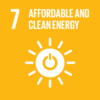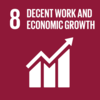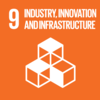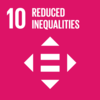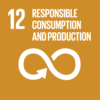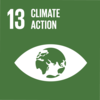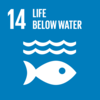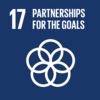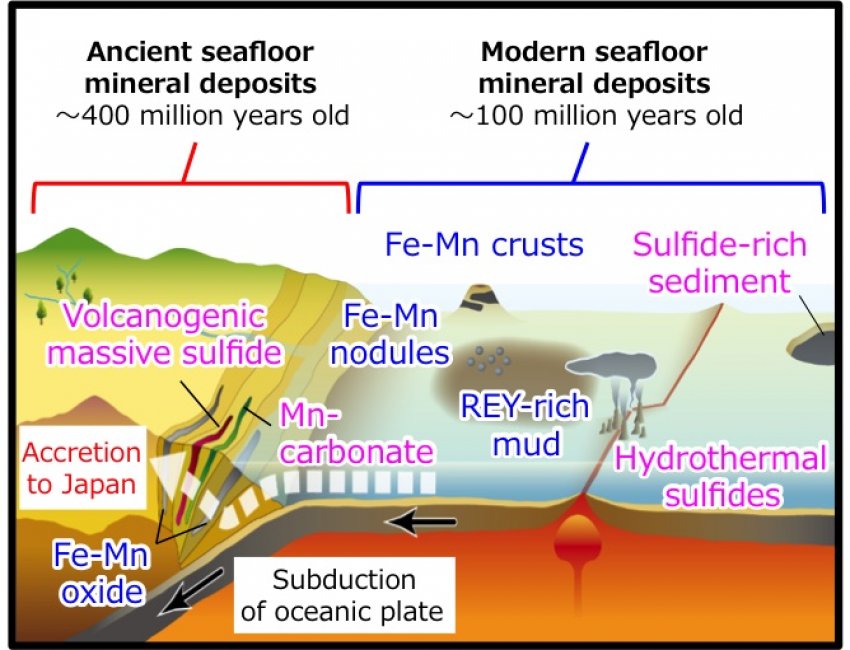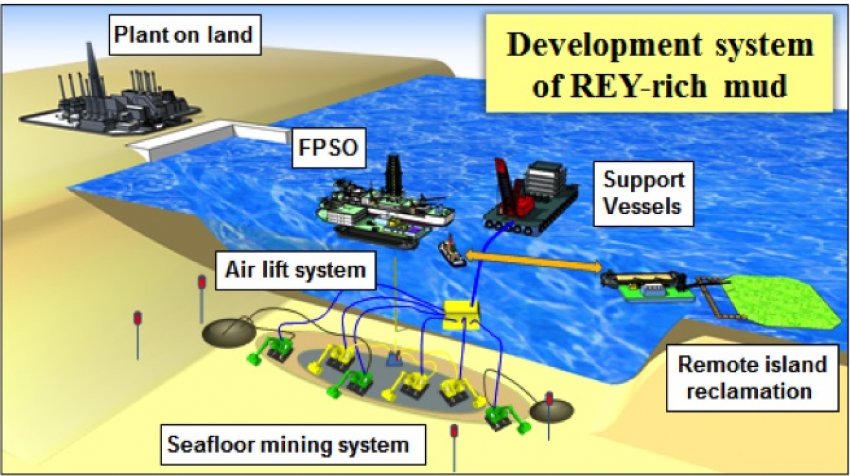New Developments in Science and Engineering of Mineral Resources from Present and Past oceans
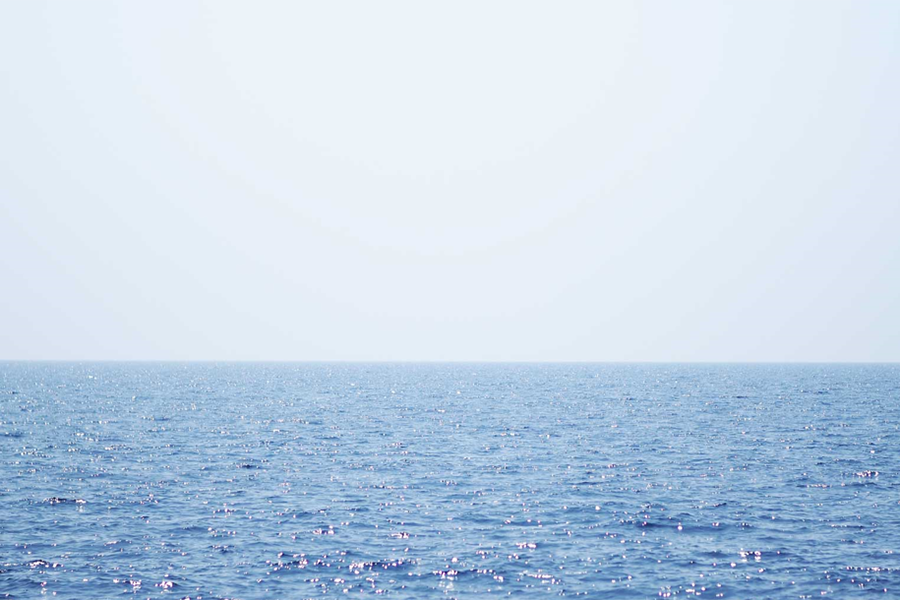

Yasuhiro Kato
Graduate School of Engineering
Frontier Research Center for Energy and Resources Professor
The goal of this project is to clarify the causal relationships between the formation of seafloor mineral resources and Earth system dynamics such as global environmental changes and geochemical cycles, by looking at the whole picture of the resources’ spatiotemporal distributions. The project also intends to obtain scientifically and technologically useful information to explore and develop these next-generation resources. Moreover, the final goal of the project is to accelerate Japan’s growth strategy dramatically by reconstructing the “nation of manufacturing” through the development of the domestic seafloor mineral resources.
In 2013, we discovered a groundbreaking mineral resource called “extremely REY (rare-earth elements and yttrium)-rich mud” within Japan’s Exclusive Economic Zone around Minamitorishima Island. The mud has a few remarkable advantages as a mineral resource, including the highest REY grade in the world, the tremendous resource amount, and negligible contents of environmental pollutants. Since 2014, we have conducted the Consortium for Promotion of REY-rich mud Development through collaboration among industry, government, and academia. At present, 29 companies and government agencies of Japan participate in the consortium and make progress in various technical researches towards the first commercial development of deep-sea mineral resources in the human history.
Furthermore, we make practical suggestions for the country’s national resource policy with a novel and clear vision in mind: “creating new industries and establishing the next-generation energy infrastructure by utilizing domestic seafloor mineral resources”. In the near future, we will collaborate with researchers of multiple disciplines and companies on the development of environmentally-friendly products/technologies or new high-performance materials, by using various critical metals created from the new resources. Ultimately, we expect that our research outcomes will help boost Japan’s growth by establishing a domestic supply chain stretching from “resource-mining” to “manufacturing”, and make Japan a science- technology-, and ocean-oriented nation in a true sense of word.
In 2013, we discovered a groundbreaking mineral resource called “extremely REY (rare-earth elements and yttrium)-rich mud” within Japan’s Exclusive Economic Zone around Minamitorishima Island. The mud has a few remarkable advantages as a mineral resource, including the highest REY grade in the world, the tremendous resource amount, and negligible contents of environmental pollutants. Since 2014, we have conducted the Consortium for Promotion of REY-rich mud Development through collaboration among industry, government, and academia. At present, 29 companies and government agencies of Japan participate in the consortium and make progress in various technical researches towards the first commercial development of deep-sea mineral resources in the human history.
Furthermore, we make practical suggestions for the country’s national resource policy with a novel and clear vision in mind: “creating new industries and establishing the next-generation energy infrastructure by utilizing domestic seafloor mineral resources”. In the near future, we will collaborate with researchers of multiple disciplines and companies on the development of environmentally-friendly products/technologies or new high-performance materials, by using various critical metals created from the new resources. Ultimately, we expect that our research outcomes will help boost Japan’s growth by establishing a domestic supply chain stretching from “resource-mining” to “manufacturing”, and make Japan a science- technology-, and ocean-oriented nation in a true sense of word.
Related links
Research collaborators
- Consortium for promotion of REY-rich mud development
- Kentaro Nakamura (Associate Professor, The University of Tokyo)
- Koichiro Fujinaga (Senior Researcher, Chiba Institute of Technology)
- Kazutaka Yasukawa (Assistant Professor, The University of Tokyo)
- Tatsuo Nozaki (Researcher, Research and Development Center for Submarine Resources, Japan Agency for Marine-Earth Science and Technology)
- Hikaru Iwamori (Director, Department of Solid Earth Geochemistry, Japan Agency for Marine-Earth Science and Technology)
- Tetsuji Onoue (Associate Professor, Kumamoto University)
- Kentaro Nakamura (Associate Professor, The University of Tokyo)
- Koichiro Fujinaga (Senior Researcher, Chiba Institute of Technology)
- Kazutaka Yasukawa (Assistant Professor, The University of Tokyo)
- Tatsuo Nozaki (Researcher, Research and Development Center for Submarine Resources, Japan Agency for Marine-Earth Science and Technology)
- Hikaru Iwamori (Director, Department of Solid Earth Geochemistry, Japan Agency for Marine-Earth Science and Technology)
- Tetsuji Onoue (Associate Professor, Kumamoto University)
Related publications
- Kato, Y.*, Fujinaga, K., Nakamura, K., Takaya, Y., Kitamura, K., Ohta, J., Toda, R., Nakashima, T. and Iwamori, H. Deep-sea mud in the Pacific Ocean as a potential resource for rare-earth elements. Nature Geoscience 4, 535-539, 2011.
- Nozaki, T., Kato, Y. * and Suzuki, K. Late Jurassic ocean anoxic event: evidence from voluminous sulphide deposition and preservation in the Panthalassa. Scientific Reports 3, 1889, doi:10.1038/srep01889, 2013.
- Yasukawa, K., Nakamura, K., Fujinaga, K., Iwamori, H. and Kato, Y.* Tracking the spatiotemporal variations of statistically independent components involving enrichment of rare-earth elements in deep-sea sediments. Scientific Reports 6, 29603,doi:10.1038/srep29603, 2016.
(* corresponding author)
- Nozaki, T., Kato, Y. * and Suzuki, K. Late Jurassic ocean anoxic event: evidence from voluminous sulphide deposition and preservation in the Panthalassa. Scientific Reports 3, 1889, doi:10.1038/srep01889, 2013.
- Yasukawa, K., Nakamura, K., Fujinaga, K., Iwamori, H. and Kato, Y.* Tracking the spatiotemporal variations of statistically independent components involving enrichment of rare-earth elements in deep-sea sediments. Scientific Reports 6, 29603,doi:10.1038/srep29603, 2016.
(* corresponding author)
Contact
- Yasuhiro Kato / Koichiro Fujinaga
- Tel: +81-3-5841-7022 / +81-3-5841-7019
- Email: ykato[at]sys.t.u-tokyo.ac.jp, / -fujinaga[at]sys.t.u-tokyo.ac.jp
※[at]=@


